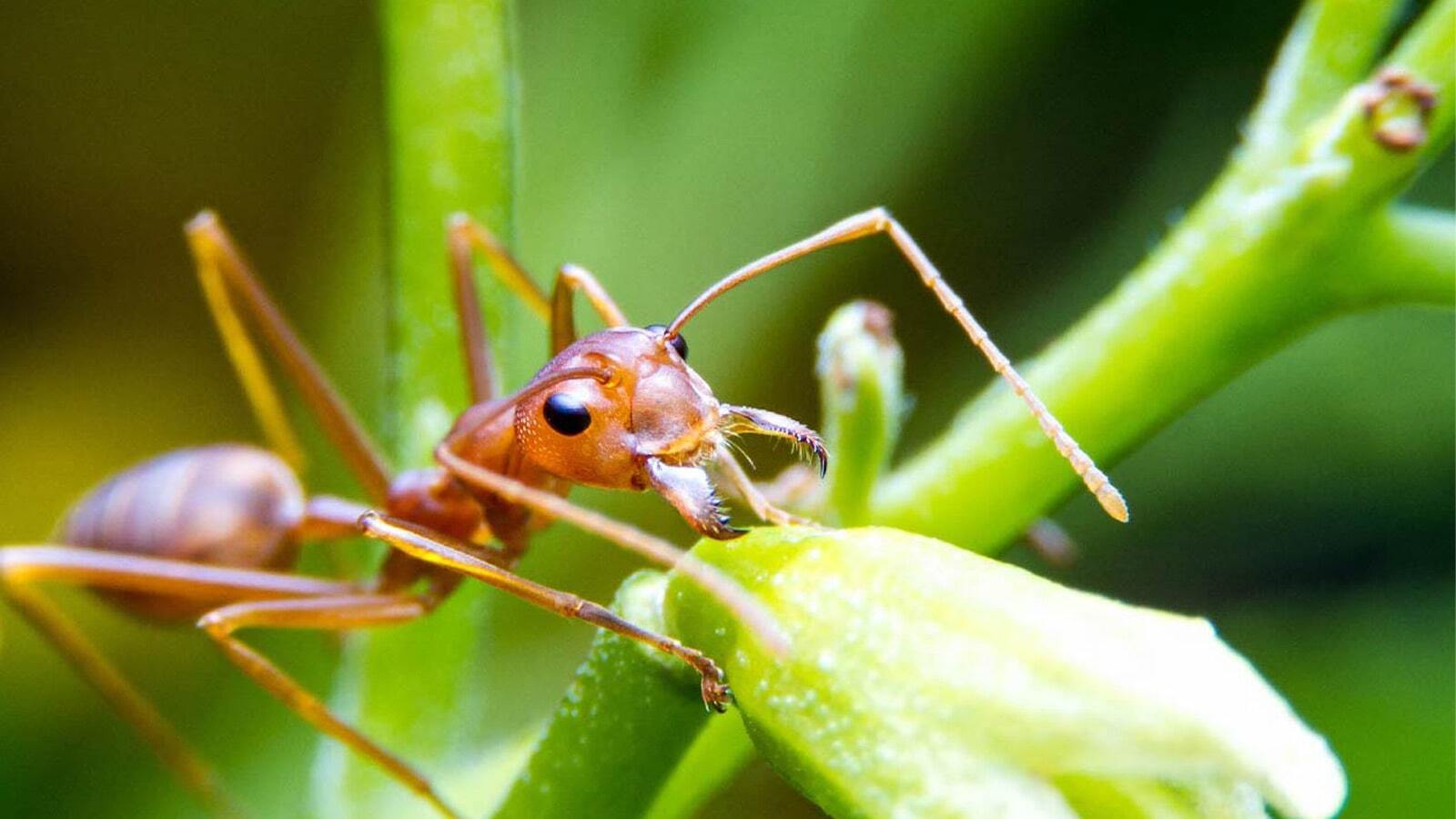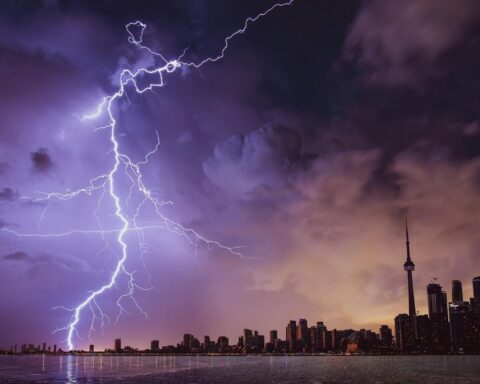Every homeowner has experienced an ant hill in their lawn at some point. If not, consider yourself one of the lucky few. Not only is an ant hill unappealing to look at, but the ants can bite or sting you, your family and your pets.
One of the worst species of ants is the fire ant. Bright orange in color with a nasty combination of a bite and a sting, a fire ant is one of the most awful insects. That said, fire ants can quickly turn an outdoor cookout or party into a nightmare.
What are fire ants?
The truth is that fire ants are an invasive species and must be dealt with; ignoring a fire ant problem will only allow the issue to worsen. Fire ants were accidentally introduced to the United States in the 1930s from South America. They quickly became an issue and now heavily populate the southern United States and other territories in North America.
What does a fire ant look like?
Identifying fire ants is not difficult because they have a few distinctive traits. Fire ants are little but vary in size unlike other ant species that are more uniform in size. They build loosely constructed mounds that have no hole in the top—this is one of the easiest ways to identify a fire ant habitat. A fire ant bite yields an intense stinging, burning sensation; hence its “fire” namesake.
What do fire ants feed on?
As an omnivore, a fire ant’s diet includes insects, earthworms, ticks, spiders, arthropod eggs, honeydew and other sweets. If you’ve had a party and left food outside or recently had a picnic, be sure to pick up all your trash so that you don’t attract these pesky insects.
How do fire ants damage grass?
While the mounds are unattractive, fire ants don’t eat your lawn; however, they’re more than just an unsightly nuisance—they can be extremely harmful. Fire ant bites can have serious medical ramifications for humans and pets. Additionally, fire ants cause structural and electrical issues in buildings if they are left unchecked.
Fire ant mounds are problematic for lawns because they disrupt the moisture and root systems that keep grass healthy. For example, mowing and maintenance becomes more difficult with the presence of fire ant mounds. Also, fire ants displace significant amounts of soil to build their mounds, destroying the health and wellbeing of the grass that once relied on its compact composition.
What time of year do fire ants come out?
Fire ant season starts in the spring when temperatures reach about 72 degrees Fahrenheit. Some of us have already started noticing them, however, peak season for fire ant infestations is during the summer and into the fall. With that being said, fire ants can be active any time of the year depending on where you live.
How do I identify a fire ant infestation?
In many regions on the United States, loosely constructed fire ant mounds pop-up all over yards and around buildings overnight. Some of the many places to find a fire ant mound are parks, playgrounds, stumps, rotting logs, near trees, meadows, golf courses, pastures and lawns. They tend to prefer open areas that receive a lot of sun.
How do I treat a fire ant infestation?
While there is a lot of information out there about natural, non-chemical fire ant solutions, unfortunately, these remedies simply do not work. Boiling water and grits are often suggested as treatment options, but sadly will not solve a fire ant issue.
There are three methods for fire ant treatment. The ideal time to control fire ants is in the fall when it is the end of the warm season and the ants are active. With that being said, it is important to treat fire ant mounds as soon as they begin invading a property no matter the season.
Option A: Isolated Mound Treatment
The first option is to treat the isolated fire ant mounds. If there are only a few mounds, this might be the way to go, but consider that this is absolutely the least effective of the two options. Treating individual mounds oftentimes results in the fire ants simply building another mound a few feet over.
There are liquid, dust and granular products that can be used to treat mounds.
Option B: Whole Yard Treatment
This option is more effective than treating mounds individually but requires that the whole property be treated. By covering an entire lawn with ‘bait’ (often composed of pesticides and natural deterrents), the ants take the poison back to the mounds where it will then kill off the rest of the colony.
Baits can be easily purchased at local home improvement stores and applied with a hand-held seed spreader. Be sure that the ground is dry and that no rain is expected for at least 48 hours before application. It is best to apply bait in late fall and to reapply every six months.
Option C: The One-Two Punch
In cases of extreme fire ant infestation, it may be necessary to treat mounds individually and to treat the entire yard as well. The best way to combine options A and B is to apply bait to the entire yard first and then follow up by treating individual mounds.
How do I prevent fire ants?
The best way to prevent fire ants is by keeping your lawn clean and regularly mowed. Fire ants will sometimes build their anthills under objects and other structures in your lawn. Remove any debris or leaves.
You’ll also want to keep food to a minimum outdoors as well. Ants are attracted to crumbs, spilled drinks, trash, etc. They also like a lot of moisture, so make sure you don’t have any moisture built up outside.
We hope these tips helped you with fire ant yard treatment. To learn more about insects that are commonly found in home lawns, be sure to check out Insect Identification as this blog discusses insects like the chinch bug, fall armyworm and grub worms. The article goes on to recommend a few treatment solutions as well.
Want to learn more about achieving a great lawn? Check out more Sod University tips here and subscribe to our weekly newsletter.







